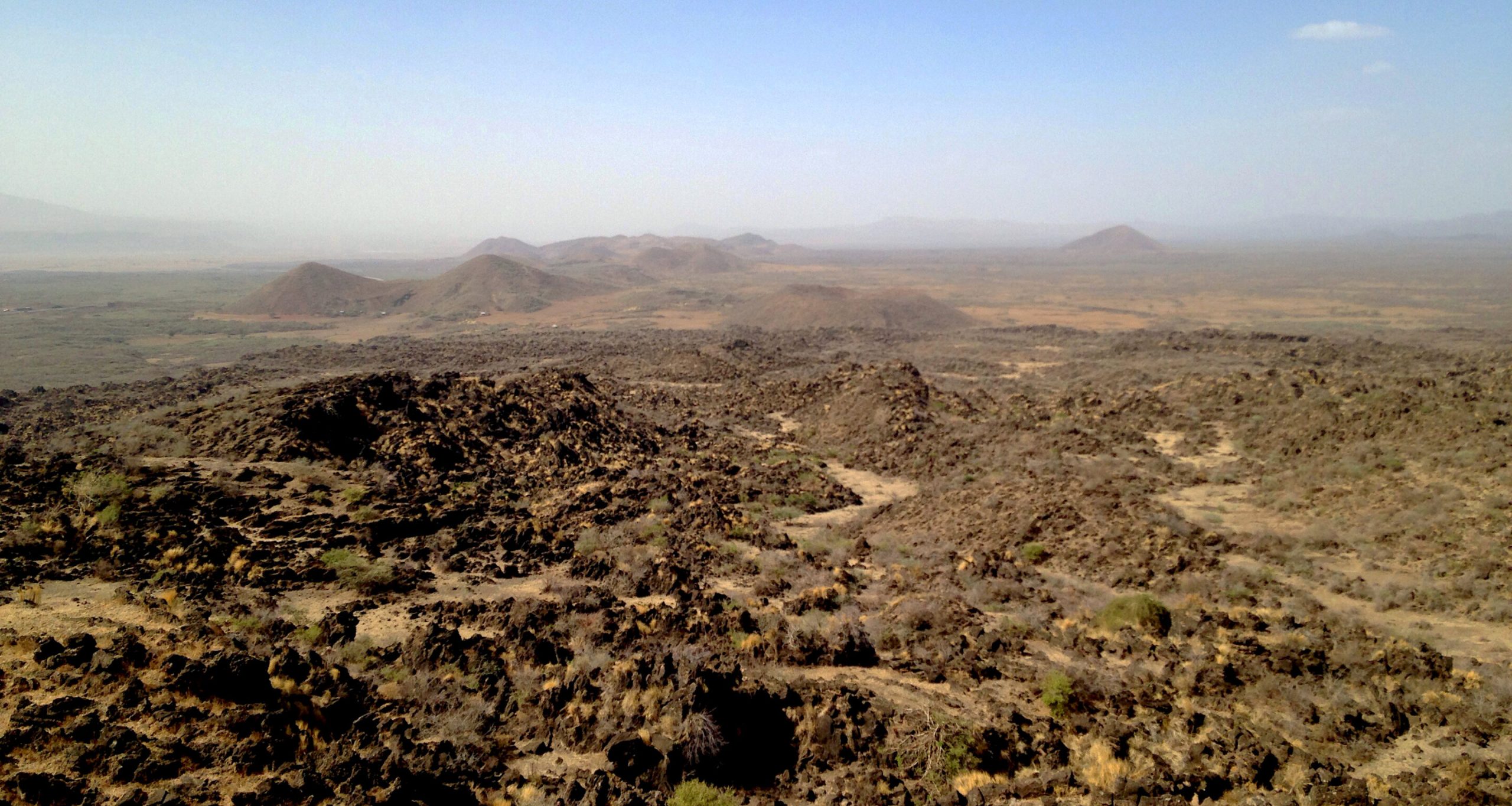Now Reading: Desert Lichen Resists Intense Solar Radiation, Providing Evidence for Extraterrestrial Life
-
01
Desert Lichen Resists Intense Solar Radiation, Providing Evidence for Extraterrestrial Life
Desert Lichen Resists Intense Solar Radiation, Providing Evidence for Extraterrestrial Life

Much like we lather on sunscreen to protect our skin, lichen growing in the desert has its own way to protect against solar radiation. A common desert lichen’s potential to endure intense radiation isn’t just an unexpected advantage — it may hint at the possibility of extraterrestrial life beyond our own planet.
A new study published in Astrobiology proposes that life may have a chance to prosper on Earth-like exoplanets if it could withstand UVC rays, the strongest type of ultraviolet radiation. Despite its debilitating effects, UVC radiation is no big deal for Clavascidium lacinulatum, a desert lichen found in the Mojave Desert. This lichen can survive under levels of solar radiation previously considered lethal, meaning other forms of life across the universe may be capable of the same feat.
A Desert Lichen’s Sunscreen
The impressive resilience of the desert lichen was only discovered after one of the lead authors of the new study, Henry Sun, noticed its unusual color.
“The study was motivated by a curious observation,” said Sun, a professor of microbiology at the Desert Research Institute in Reno, Nevada, in a statement. “I was just walking in the desert, and I noticed that the lichens growing there aren’t green, they’re black. They are photosynthetic and contain chlorophyll, so you would think they’d be green. So I wondered, ‘What is the pigment they’re wearing?’ And that pigment turned out to be the world’s best sunscreen.”
We use sunscreen on our own bodies to reduce the effects of ultraviolet radiation emitted by the Sun. Life on Earth has evolved to withstand two types of UV radiation: UVA rays (comprising the bulk of radiation that reaches Earth) and UVB rays (mostly absorbed by ozone in the atmosphere).
UVC rays, on the other hand, are entirely filtered by the atmosphere and do not reach Earth’s surface. Artificial UVC radiation can be harnessed through lamps or lasers and used to kill microorganisms for disinfection purposes.
Read More: How Climate Change is Threatening the ‘Living Skin’ of the Desert
Protecting Against Radiation
Earth doesn’t have to worry about natural UVC rays, but other exoplanets may not be so lucky. Many exoplanets discovered in recent years revolve around stars known as M and F stars, which emit harsh UVC radiation that often comes from solar flares.
Still, scientists are determined to scour Earth-like planets for signs of life. And the desert lichen here on Earth may keep hopes high.
The researchers involved with the new study tested the radiation-resisting abilities of the lichen by placing it next to a UVC lamp in a controlled laboratory setting for 3 months straight. According to the researchers, “half of the algal cells in the lichen remained viable and replicated when rehydrated”.
To understand how this lichen could survive the UVC radiation, the researchers examined its protective top layer. When they cut a cross-section of it, they found that it was darker, similar to a suntan on a human.
Lichens are built upon a unique partnership between algae or cyanobacteria that live symbiotically with fungi. It turns out that the top layer of the desert lichen in the study shields its colony of algal cells from harmful radiation. When the researchers removed these algal cells from the fungi and protective layer, exposure to the same radiation killed the cells in under a minute. In another experiment, when the lichen was placed in an oxygen-free box with UVC light, it suffered even less radiation damage.
The researchers were surprised that the lichen had evolved this protective layer because they say that it isn’t really necessary for their survival on Earth. The atmosphere was already filtering out UVC rays by the time lichen emerged on the planet, so the layer simply acts as added protection against UVA and UVB rays.
The researchers say that this discovery could suggest that other exoplanets may contain life similar to the desert lichen. They say that Earth-like exoplanets “may be teeming with colonial microorganisms that, like the lichens in the Mojave Desert, are ‘tanned’ and virtually immune to UVC stress.”
Read More: JWST May Have Found Strongest Evidence of Life on Exoplanet K2-18b
Article Sources
Our writers at Discovermagazine.com use peer-reviewed studies and high-quality sources for our articles, and our editors review for scientific accuracy and editorial standards. Review the sources used below for this article:
-
Astrobiology. UVC-Intense Exoplanets May Not Be Uninhabitable: Evidence from a Desert Lichen
-
U.S. Forest Service. About Lichens
Jack Knudson is an assistant editor at Discover with a strong interest in environmental science and history. Before joining Discover in 2023, he studied journalism at the Scripps College of Communication at Ohio University and previously interned at Recycling Today magazine.





















